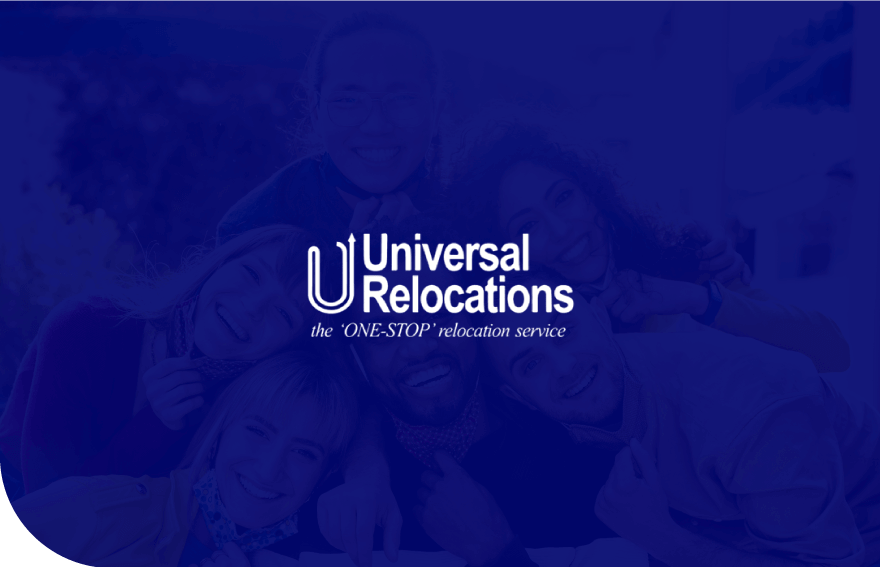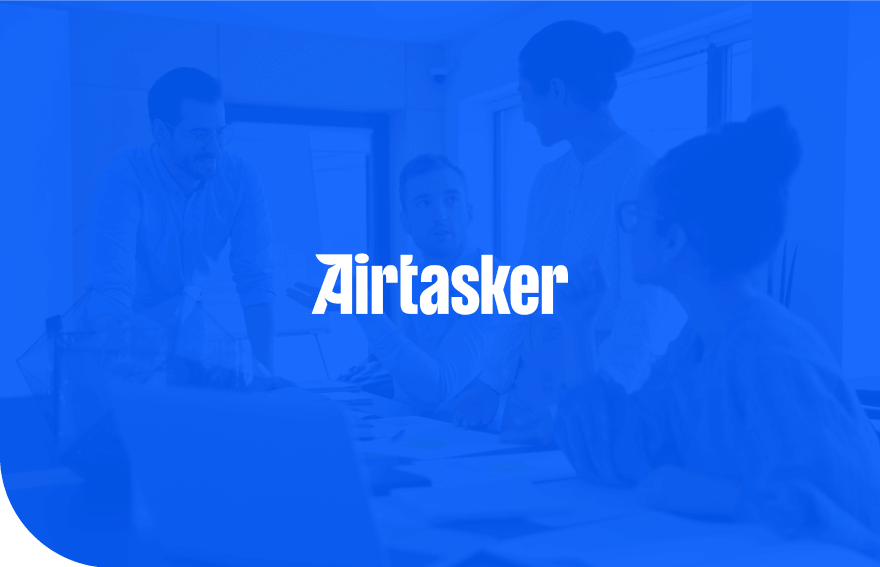-
1k+
Projects delivered
-
50+
Professional UI UX designers
-
1k+
Global clients
-
20+
Dedicated resources deployed
They love us for who we are
The tech stack we live and breathe






We sing a different tune as a UI UX design agency
Discover
Define
Design
Deliver
We discover the scope of the project
Prior to preparing your interface’s blueprint, we undertake a rigorous and comprehensive journey of discovery and research. This involves viewing things from the perspective of the end user, thoroughly analyzing your offerings, and examining the approaches of your competitors. Eventually, this enables us to design a UI that is not just attractive but also accommodates all possible usability heuristics.
We define the workflow
After having gathered all the necessary information and insights, the formulation of a concrete plan of action commences. Our seasoned experts take great care to set up a solid base that will be sensitive to all kinds of user interactions, representative of efficient information architecture, and promise a simplified yet compelling flow.
We get to designing
Every wireframe comprising the eventual design is laid down with extreme care; all conceptual and design considerations locked in upon leading up to this point are meticulously realized. To keep inconsistencies and inadvertent errors from creeping in, regular testing is also carried out. Since all wrinkles are duly ironed out at this stage, the final execution becomes much smoother.
We deliver our promise
With the draft wrapped up at our end, next, we invite you to the drawing board. All kinds of comments, questions, observations, and questions are encouraged in this exercise. We absorb every thought and idea that arises, all with the intention of incorporating them into the final output. Unless you and we are on the same page, the iterative improvements don’t break steam.
Need seasoned UI UX experts to ensure your visitors stay hooked?
Get started in 4 simple steps
Tell us what you need
Share your requirements, and we will hop on a discovery call to wrap our heads around it.
Get a well-suited option
We suggest the ideal option for you - Dedicated UI/UX expert OR Project-based Delivery.
We set the stage
Once we get the nod, we lay a strong foundation for the engagement to ensure a hassle-free experience.
We deliver excellence
Get the ball rolling in 5 days. Expect a seamless experience with a team that delivers its promise.
Engagement models tailor-made for you
Project based
Need help with creating a stunning yet user-friendly user interface for your business? Our team of 50+ highly skilled and experienced mavens has got your back. With our UI UX design services, we help you deliver an unforgettable user experience to your visitors.
Retainer engagement
You know your end goal and are looking for a partner who can own the goal and drive it with expertise and strategic thinking, give consistent results, and not show a one-time game. This UI UX design services model promises to deliver excellence month on month.
Hire a dedicated team
Want a skilled UI UX professional to work as an extended arm of your in-house marketing team? We have UI UX experts who will dedicatedly work for you, their only objective being your growth.
We ensure every interaction your visitors make with your page is utterly seamless.
Case studies
How Mavlers Is advancing UI/UX design service by leveraging generative AI & conversational AI to give a nonpareil design experience to their clients
Mavlers, a renowned UI UX design agency, uses AI tools to automate and streamline the design process, reducing the amount of manual effort and time required for prototyping and refinement. We asked our design and web development experts how they use AI tools to enhance their design process. Here is what they shared with us.
They use AI tools to help them with the research phase, where they earlier spent a lot of time looking for references on Google for creating sitemaps, information architecture, wireframes, and competitor analysis before designing a user interface. This process could take one or two days manually. Now, they use Relume, an AI tool that can generate sitemaps, wireframes, and more in minutes by using simple prompts.
For example, suppose the client needs a website for a SaaS product. In that case, they can enter the following company description in the Generate Sitemap text box: “A SaaS-based company with three automation-oriented products.” They also need to enter the number of pages. Then, they click on “Generate.”
The tool then automatically creates a Primary Sitemap for the website along with the list of sections that should be covered. The designer can use the drag-and-drop feature to adjust or delete the sections. Once they are happy with the sitemap, they can generate the wireframe, which the tool also does automatically.
The tool allows them to create sitemap wireframes, shuffle the elements, add or remove sections, and experiment with different wireframe layouts available in the tool’s library. This helps them create first drafts for client approval within minutes so that they can get a clear idea of how their website will look and feel. Based on the client’s feedback, they can also edit the page copy if they need to change.
The wireframe can be easily exported to Figma, a design tool. The Figma Relume Library has multiple style guides that can be automatically applied to the final design. This saves them a lot of time that they used to spend on creating style guides manually. The Figma Relume library plugin does not use AI elements; it simply helps integrate style guides in the wireframes created on Relume.
Relume also has the option to export the wireframe to Webflow, which is a CMS platform similar to Wix and Framer. Webflow has a very user-friendly interface that helps create websites using drag and drop editor.
The whole process of creating a sitemap, exporting it to Figma, and then exporting it to a first draft homepage took around 8-10 hours, which normally takes 3-4 days to complete without using AI.
It is important to note that the AI elements are only used in Relume. The rest of the process has been set up to take less time to create the web pages. Human intervention is still needed to ensure the quality and responsiveness of the pages.
The turnaround time of delivering a five-page website to the client has been reduced from three to four weeks to one week using AI tools. This is an example of a webpage designed using Relume, Figma, and Webflow by our designers at Mavlers: https://spiritflow.webflow.io/
Figma AI Email Library has also revolutionized designing emailers at Mavlers. We built this custom library from scratch. We have used built-in features such as style guides, variables, auto-layout, components, and variants.
Earlier, it took our designers about three to four hours to design an emailer, and they took one day’s time to show the first proof concept to the client. The designers have created a style guide in Figma with ten-fifteen options for each element, such as logo, header, hero banner, etc. Using this Figma Email Library; designers can design an emailer in one hour instead of three to four hours. The elements or sections are created using Figma Auto Layout. There is also a tool called Magician Plugin, which is a magical design tool for Figma powered by AI. This can generate unique and relevant icons, copies, and images. We have also used a plugin, “Automator by Diagram,” to create custom scripts when and as required to automate certain features for the library we created.
Conversational AI is the process of AI algorithms creating natural and engaging conversations with users through text or voice. Mavlers, a premia UI UX design company, uses conversational AI to interact with their clients and understand their needs and expectations. Mavlers also uses conversational AI to create chatbots and voice assistants that can support and guide their users.
Tell us about your requirement
We’ll get back to you within a few hours!









